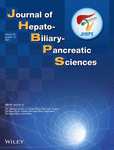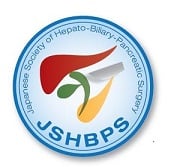Journal list menu
Export Citations
Download PDFs
ISSUE INFORMATION
ORIGINAL ARTICLES
Safety of laparoscopic liver resection for high-risk patients
- Pages: 1283-1292
- First Published: 11 October 2023
Benefit of living donor liver transplantation in graft survival for extremely high model for end-stage liver disease score ≥35
- Pages: 1293-1303
- First Published: 06 October 2023
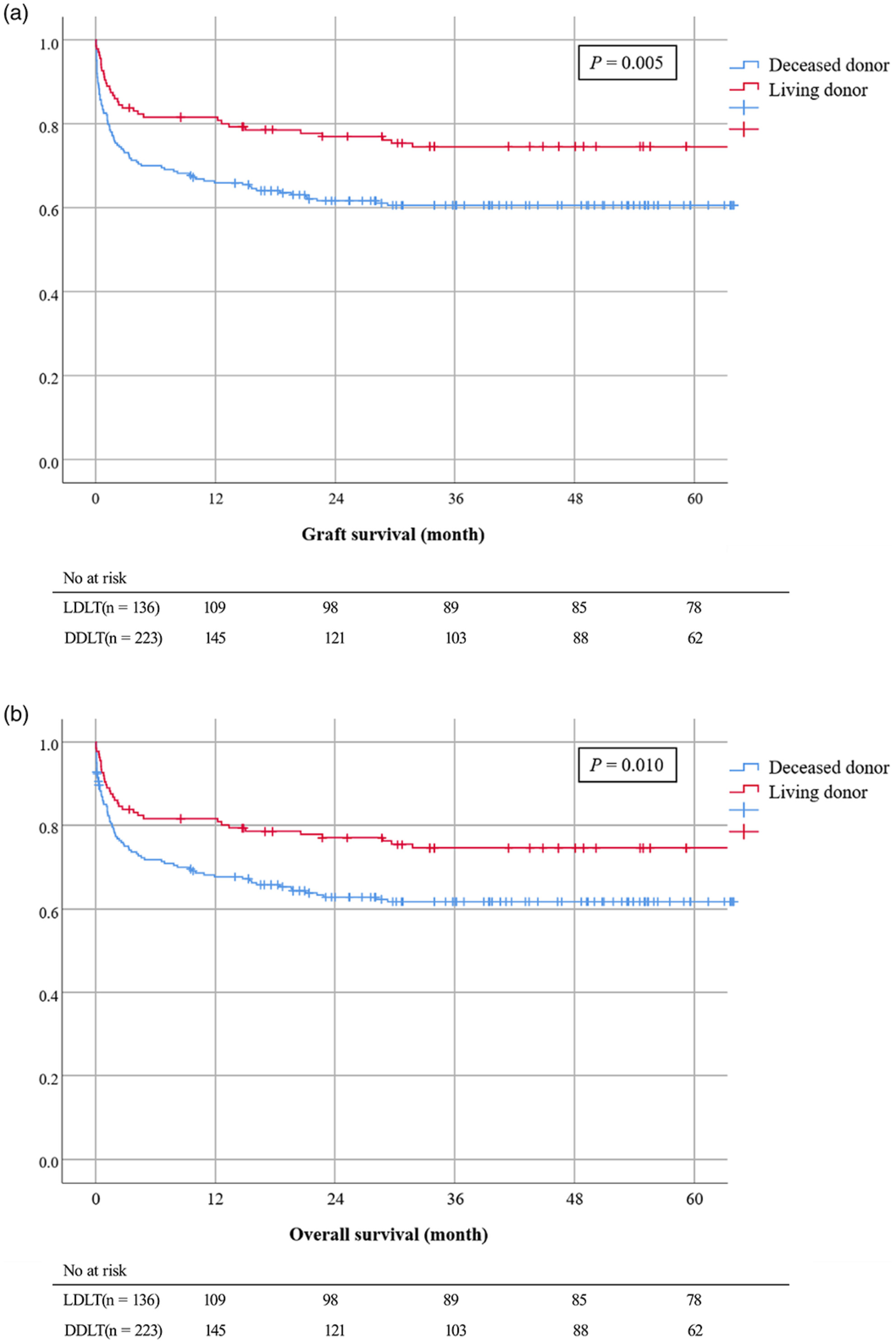
Yun and colleagues found that living donor liver transplantation is not inferior to deceased donor liver transplantation in terms of graft and overall survival in patients with a MELD score of 35 or higher. With appropriate risk evaluation, living donation for patients with high MELD scores can help alleviate organ shortages.
Morbidity after left trisectionectomy for hepato-biliary malignancies: An analysis of the National Clinical Database of Japan
- Pages: 1304-1315
- First Published: 26 September 2023
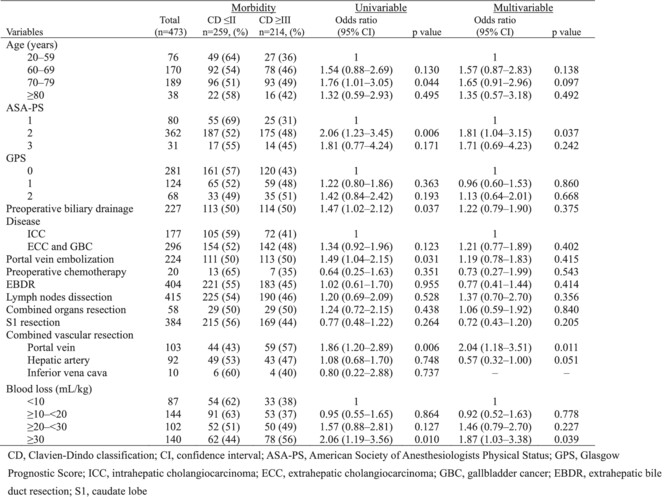
Terasaki and colleagues analyzed the nationwide surgical outcomes of left trisectionectomy using the National Clinical Database of Japan. American Society of Anesthesiologists Physical Status 2 classification, portal vein resection, and intraoperative blood loss ≥30 mL/kg were identified as significant risk factors for severe morbidity after left trisectionectomy for biliary cancer.
Clinical significance of extrahepatic bile duct resection for T2 gallbladder cancer using data from the Japanese Biliary Tract Cancer Registry between 2014 and 2018
- Pages: 1316-1323
- First Published: 04 October 2023
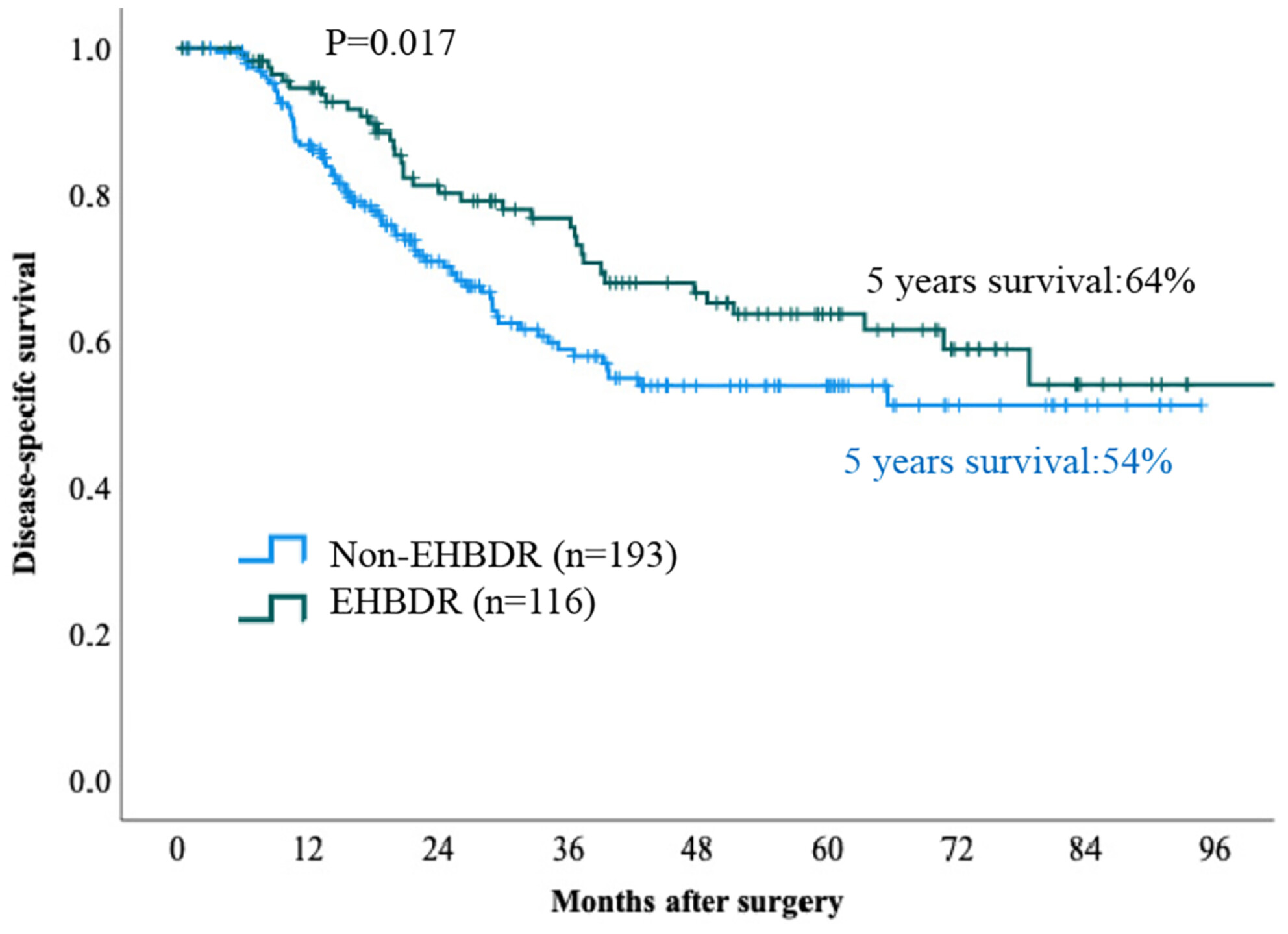
Kato and colleagues investigated the clinical significance of extrahepatic bile duct resection for T2 gallbladder cancer using data from the Japanese Biliary Tract Cancer Registry. Extrahepatic bile duct resection improved prognosis in T2 gallbladder cancer patients with lymph node metastases, but its indication requires caution considering the risk of postoperative complications.
Early-onset pancreatic cancer: A national cancer registry study from the Czech Republic and review of the literature
- Pages: 1324-1333
- First Published: 26 September 2023
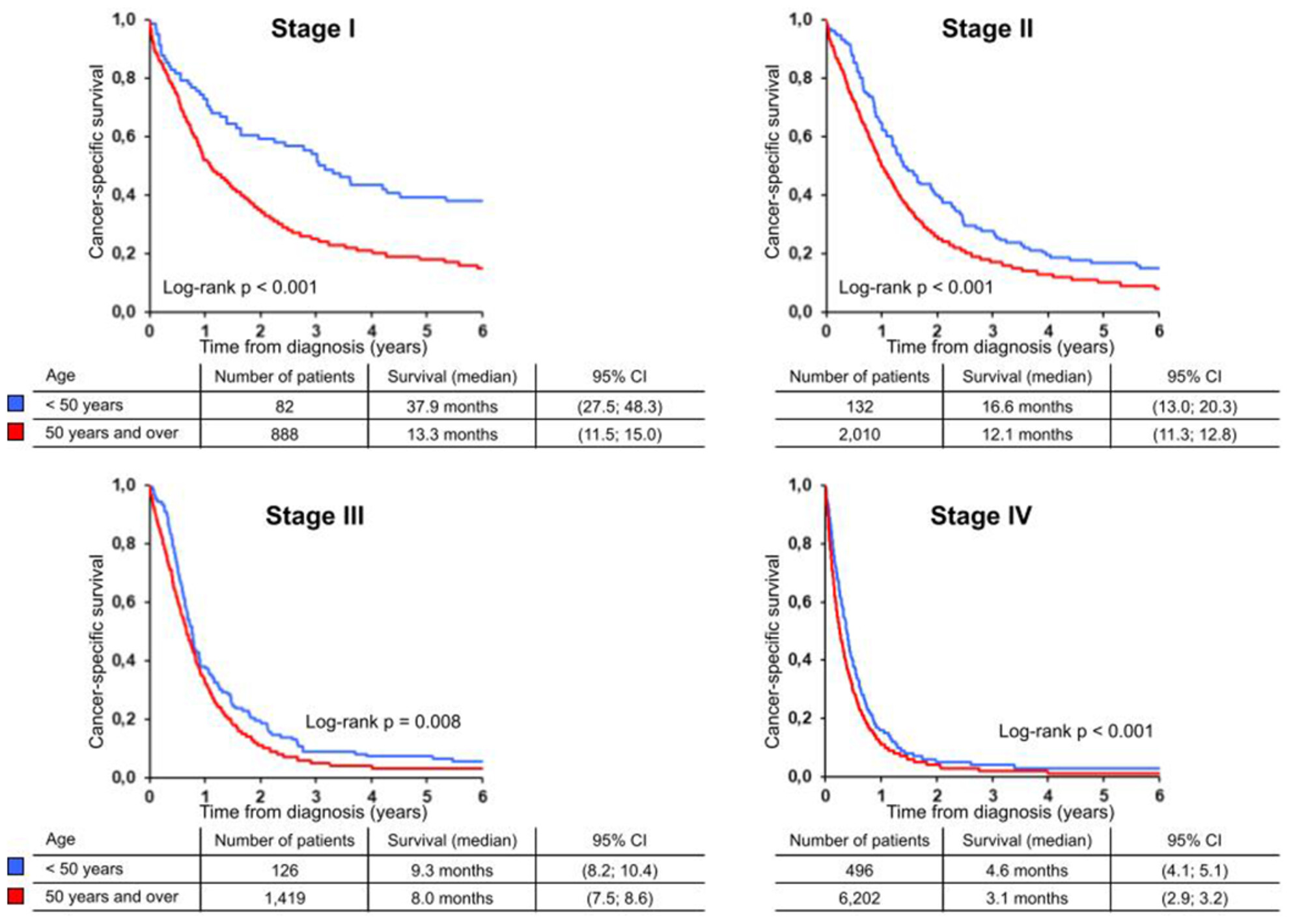
Of 18,888 cases of pancreatic adenocarcinoma in the Czech oncological registry from 1985 to 2015, 1,324 were early-onset (under 50 years). Whitley and colleagues found that clinicopathological traits were comparable between early and late onset cases. Median survival for early-onset cases was 5.9 months and for late-onset cases 4.5 months.
Central pancreatectomy might be an acceptable surgical procedure for clinical T1 pancreatic body ductal adenocarcinoma: A multicenter retrospective analysis
- Pages: 1334-1342
- First Published: 04 October 2023
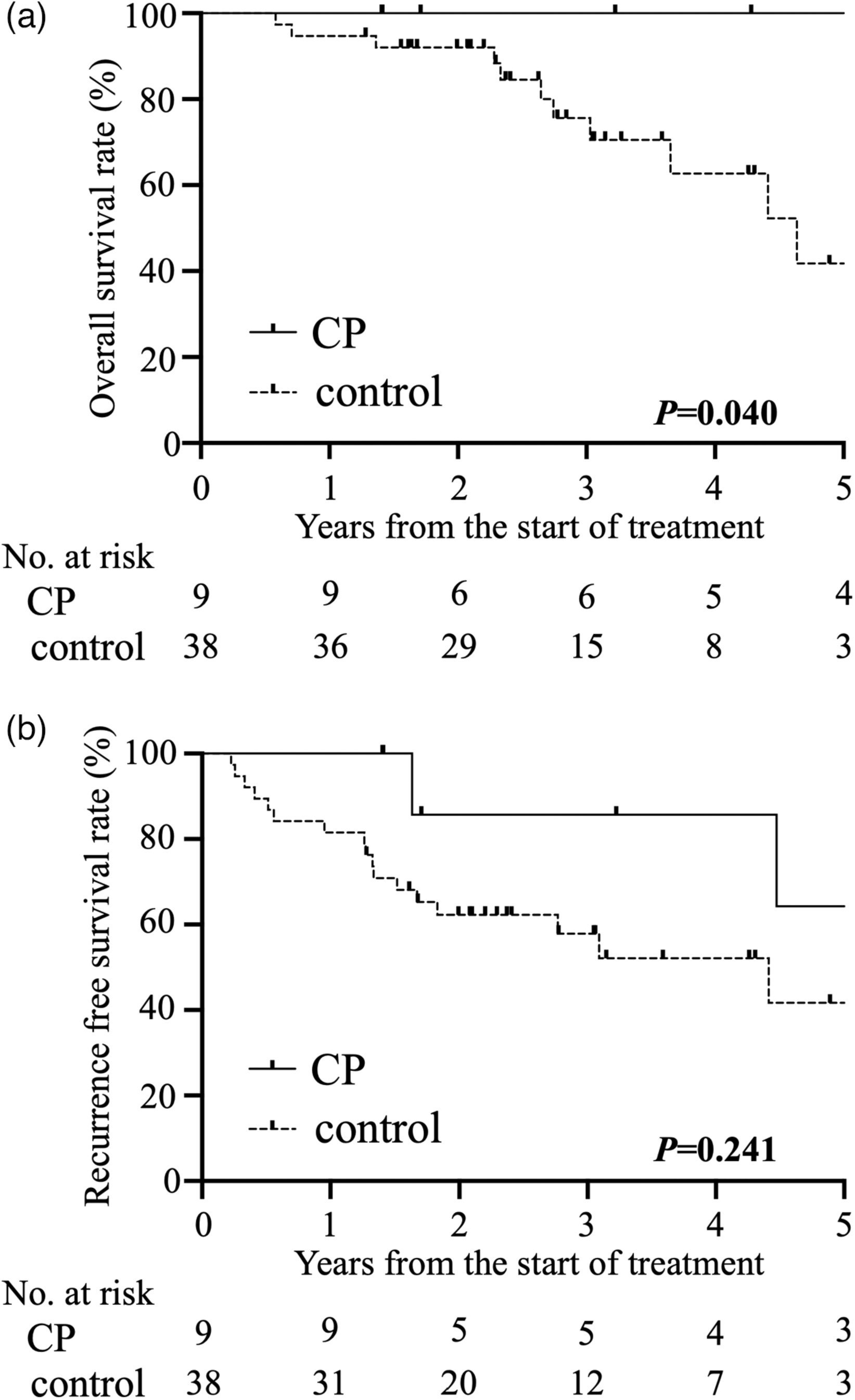
It is often difficult to determine the optimal surgical approach for early-stage pancreatic body cancer, in consideration of the balance between organ function and curability. Terai and colleagues conclude that central pancreatectomy for clinical T1 pancreatic body cancer is an acceptable treatment option to achieve cure and functional preservation.
Hepatic artery protection using a polyglycolic acid sheet during pancreaticoduodenectomy: A multicenter study
- Pages: 1343-1350
- First Published: 04 October 2023
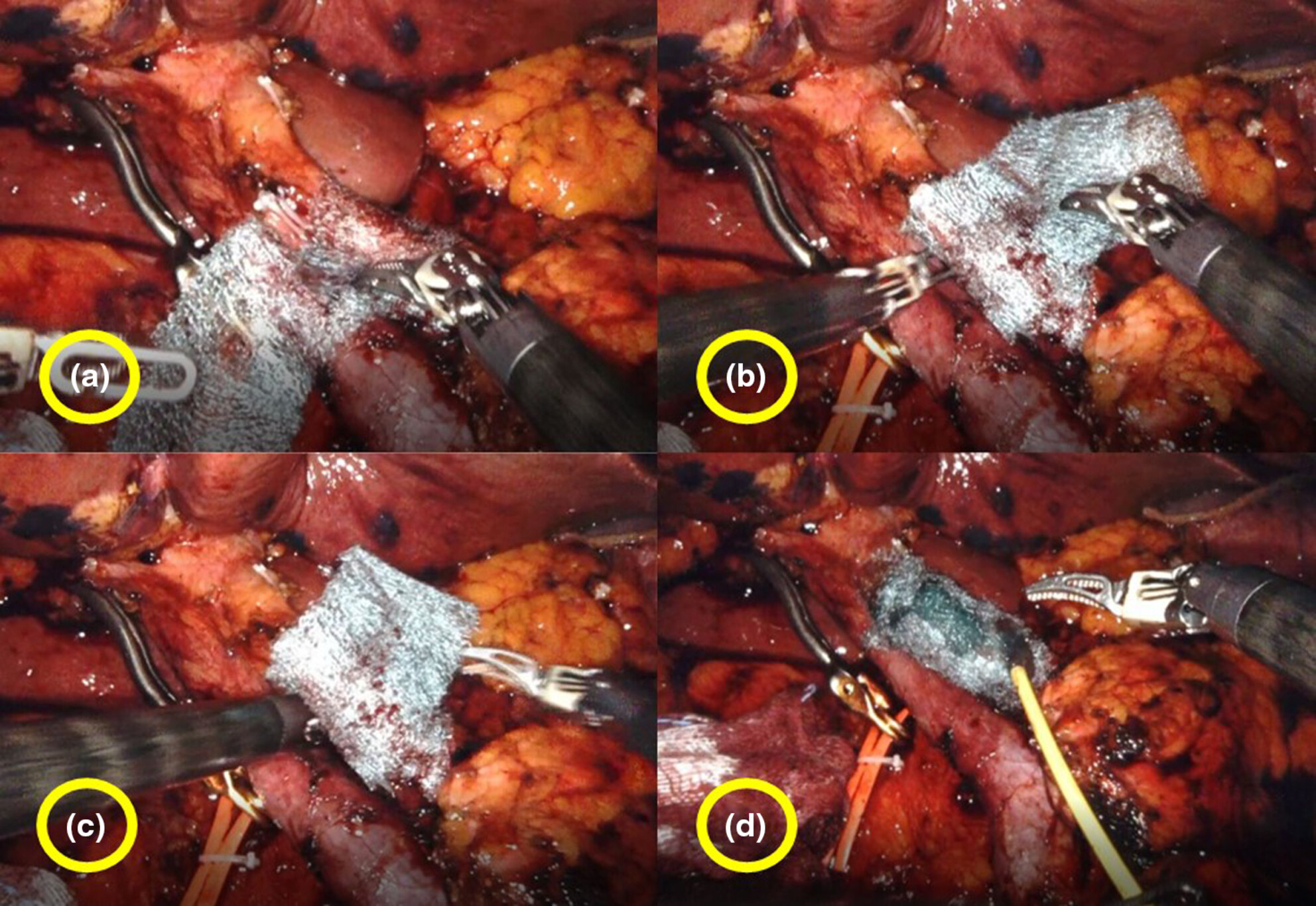
In this multicenter retrospective study, Lee and colleagues analyzed the efficacy of arterial reinforcement by wrapping the hepatic artery with Neoveil, a polyglycolic acid sheet, during pancreaticoduodenectomy to reduce post-pancreatectomy hemorrhage. Analysis of 904 patients showed that this method significantly reduced the rate of post-pancreatectomy hemorrhage from the hepatic artery.
HOW I DO IT
Two salvage techniques using a large dilation balloon: Endoscopic recovery of a migrated biliary metal stent and endoscope passage through a difficult duodenal stricture in combination with a duodenal stent
- Pages: e78-e80
- First Published: 06 October 2023
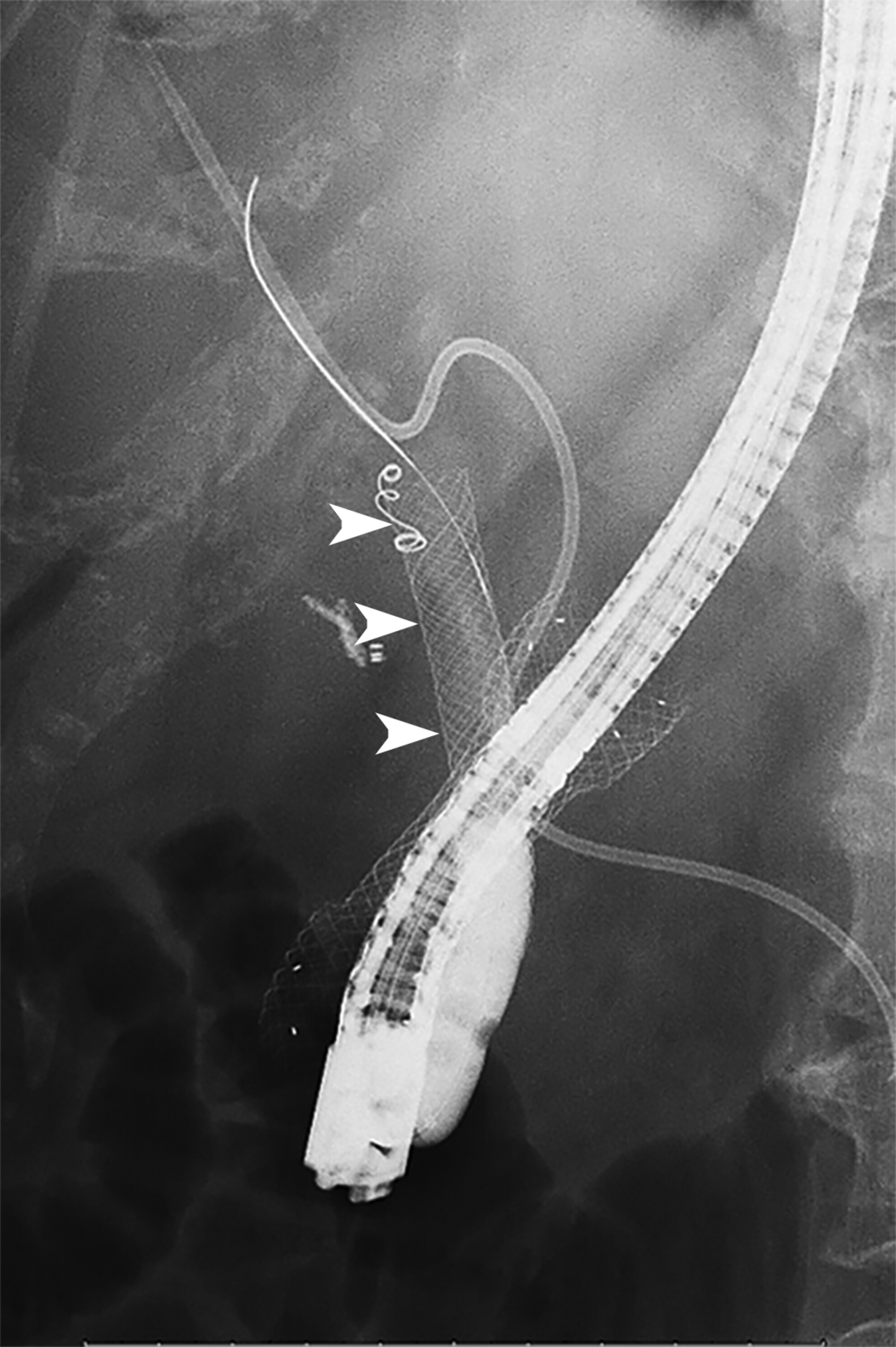
There have been several reports of endoscopic removal of biliary metal stents using forceps or stent-in-stent techniques. Nishikawa and colleagues describe the endoscopic recovery of a proximally migrated biliary metal stent using a large dilation balloon and endoscope passage through a difficult duodenal stricture in combination with a duodenal stent.
Endoscopic retrieval of a proximally migrated fully covered self-expandable metal stent using biopsy forceps with a guiding sheath cannula
- Pages: e81-e83
- First Published: 31 October 2023
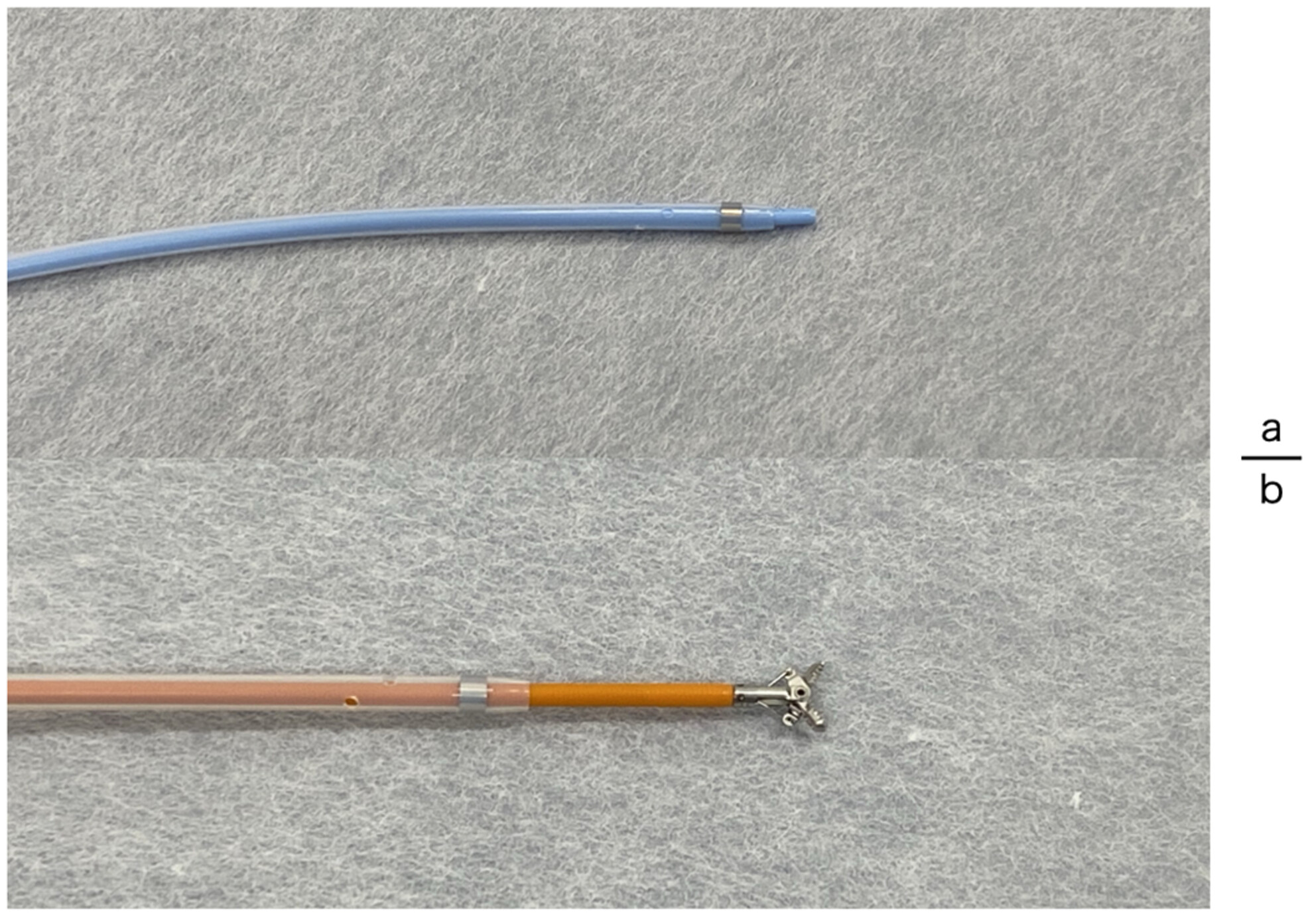
Transpapillary endoscopic biliary drainage is the gold standard for resolving malignant biliary obstruction. Stent migration occasionally occurs and is troublesome to retrieve. Yamamoto and colleagues report with accompanying video on the successful retrieval of a proximally migrated stent using biopsy forceps through a guiding sheath cannula.
CASE VIDEO
Duodenoscope insertion difficulty due to perigastric adhesions overcome using an overtube
- Pages: e84-e85
- First Published: 04 October 2023
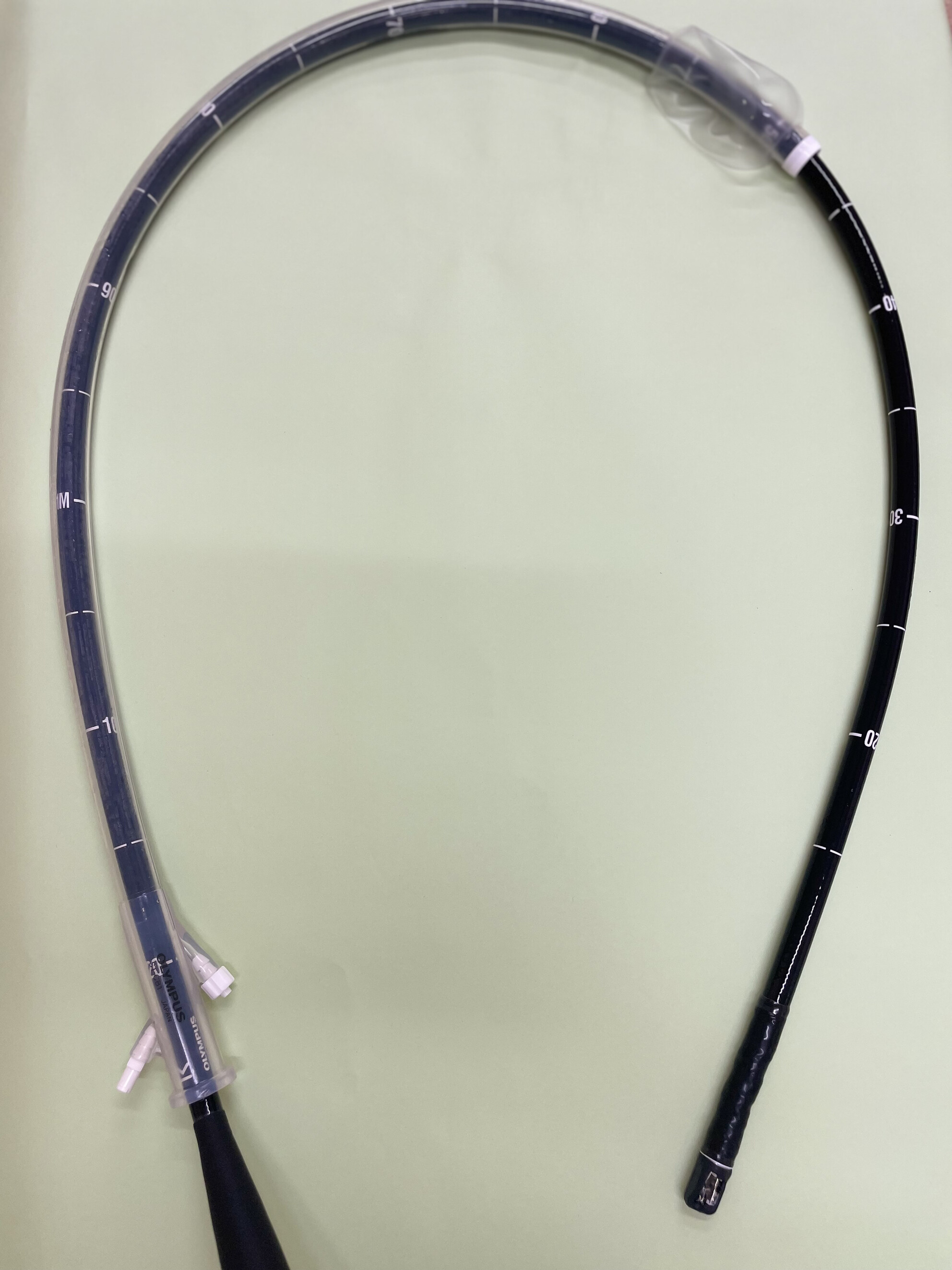
Kawakami and colleagues report a case of duodenoscope insertion difficulty through the pyloric ring due to perigastric adhesions which was successfully overcome using an overtube. The overtube can be attached to both standard and therapeutic duodenoscopes, allowing successful biliary or pancreatic intervention in patients in whom duodenoscopic insertion is challenging.




